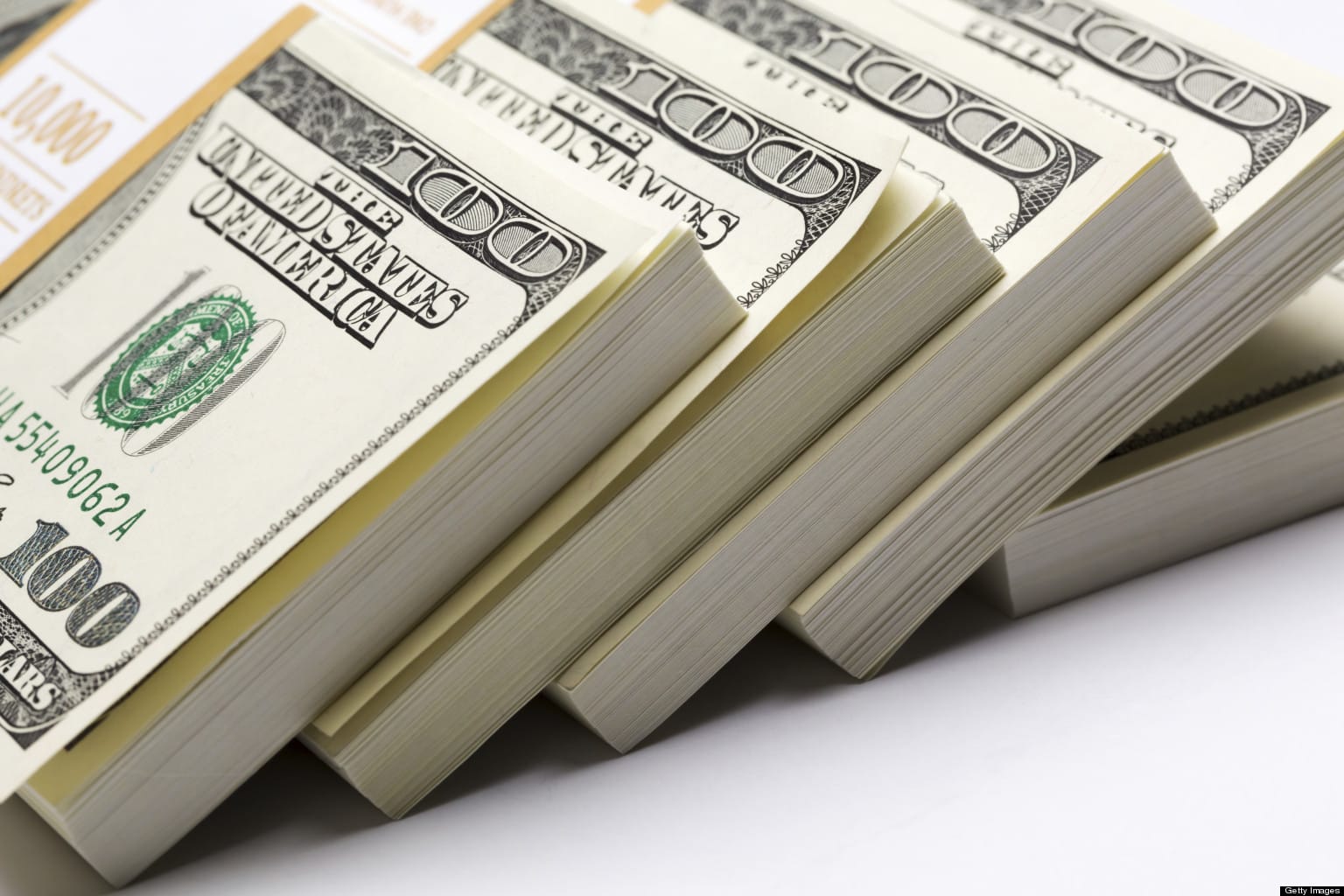From a low of $23.9 billion on Oct 19, 2016, Nigeria's external reserves have recovered 38.6 percent y/y to $33.1 billion as at Oct 16, 2017.
Evidently, this is linked to a more stable oil price environment and the ramp-up in production activities in the Delta-region following the peace-deal reached earlier. 

However, the dramatic recovery in Nigeria's gross external reserves has been driven by more than these two factors.
The Investors and Exporters FX window, introduced in April-2017, has significantly boosted net foreign inflow of capital into Nigeria with total transaction recorded at the segment estimated to be over $8 billion from April to Sept-2017 as FPIs hunt for a bargain in Naira Assets.
Meanwhile, a flurry of debt issuances by the federal government in 2017 also accounted for this accretion with $1.8 billion worth of foreign currency facility ($1.5bn Eurobond and $300m diaspora bond) added to the CBN's balance sheet in H1-17.
Yet, aggressive liquidity mop-up and increased administrative measures on currency usage by the CBN has helped check illegitimate demand for FX.
At $33.1bn, the reserves can cover over 10 months of imports.
At $33.1bn, the reserves can cover over 10 months of imports.
Looking ahead, a stable oil price and output outlook, as well as an expected $2.5bn Eurobond issuance by the FGN, will further drive accretion in the near-term.







0 comments:
Post a Comment